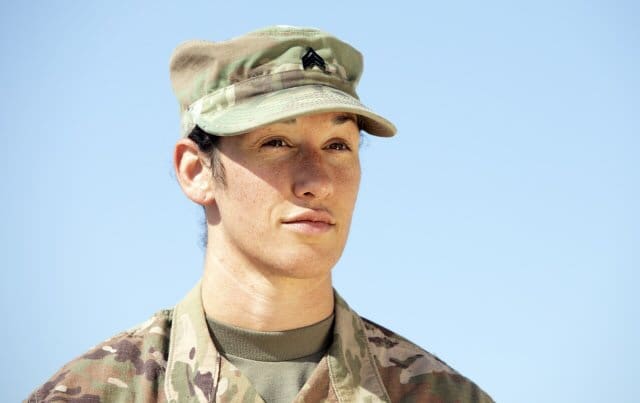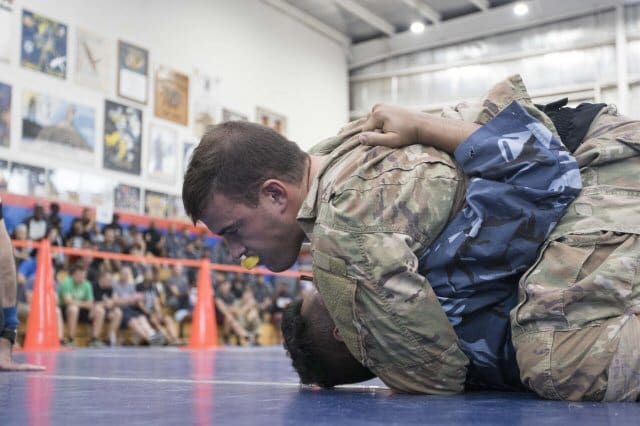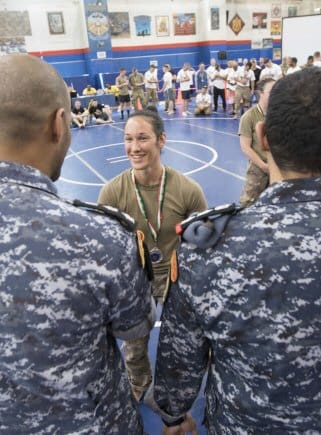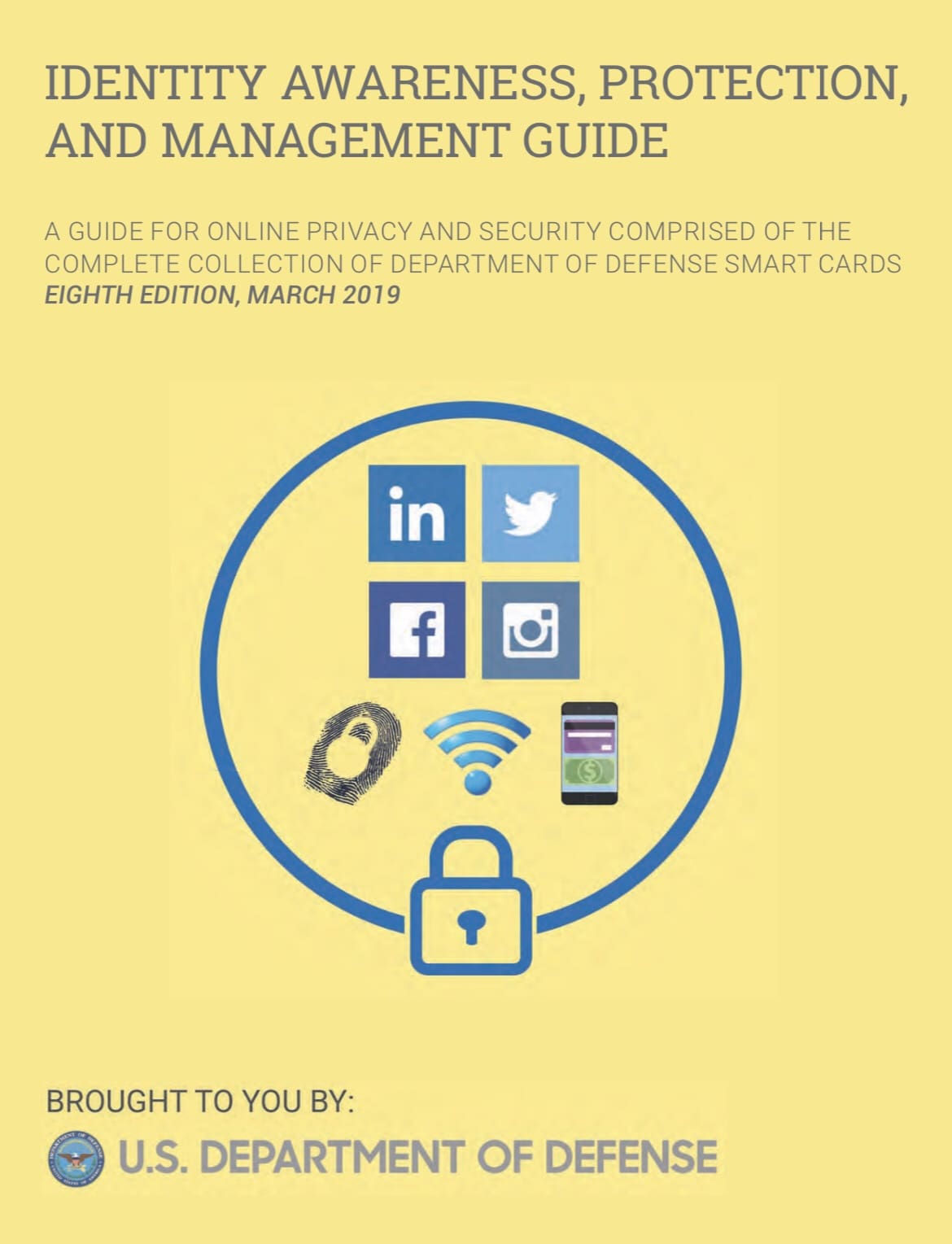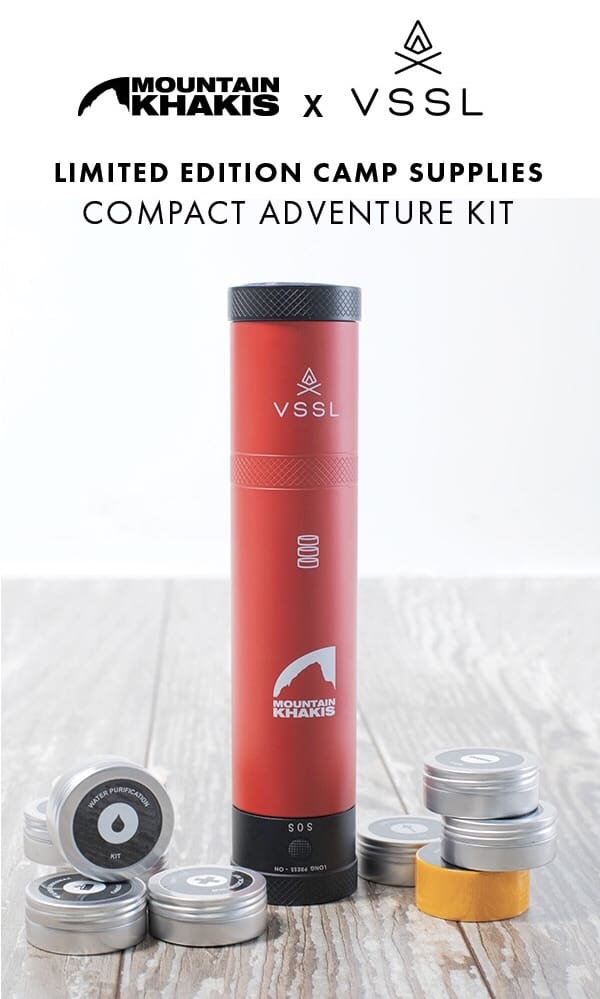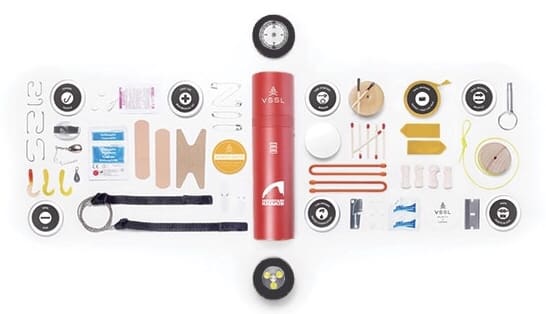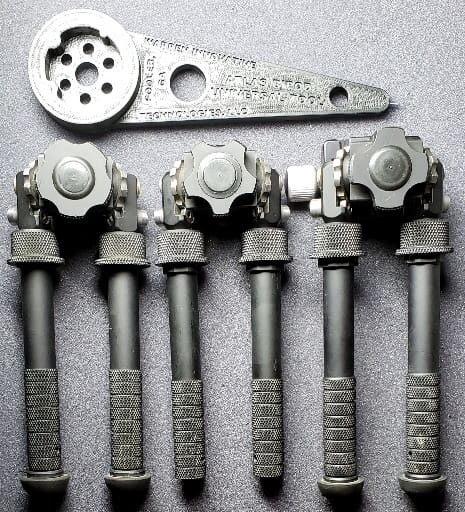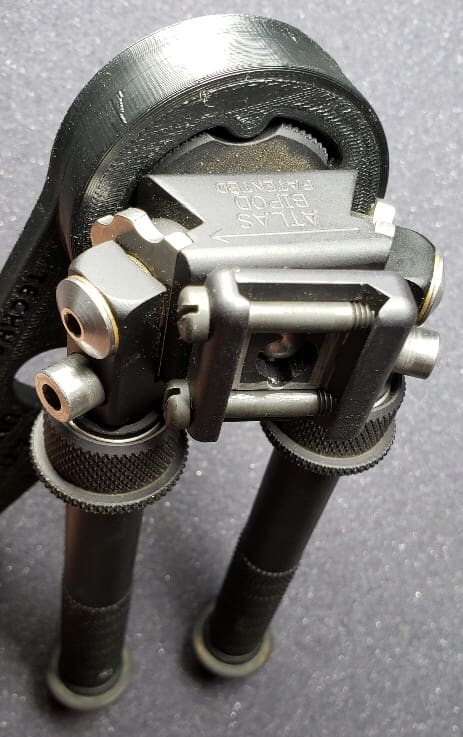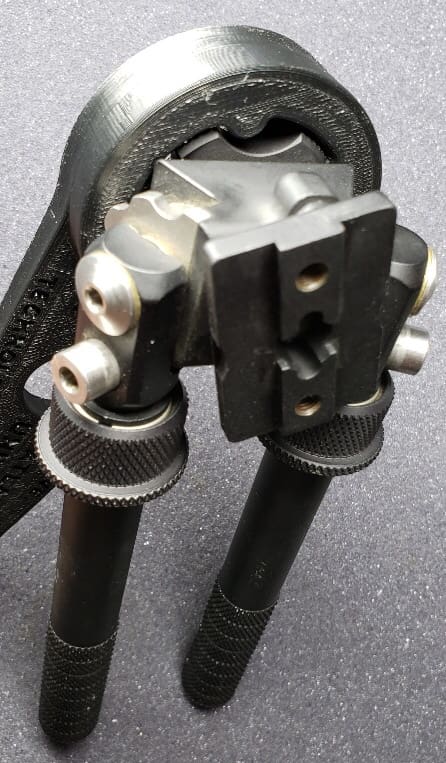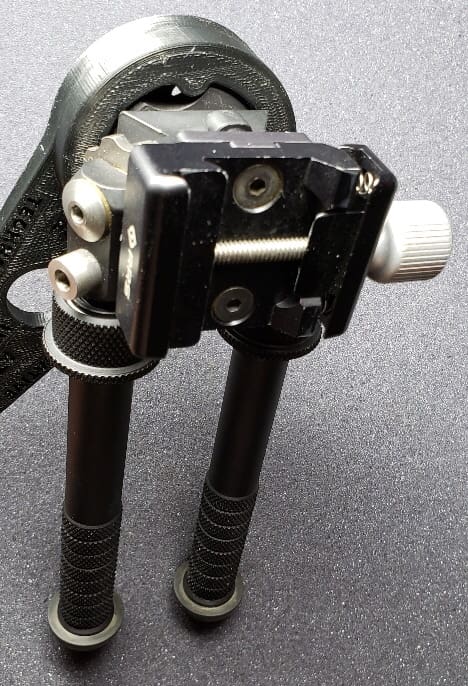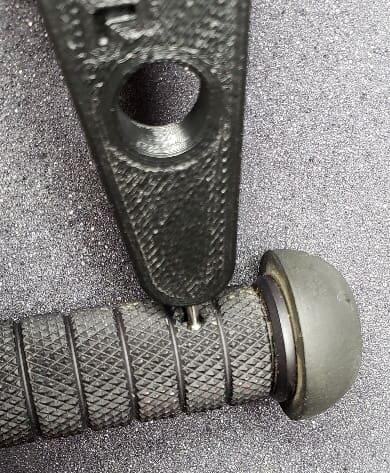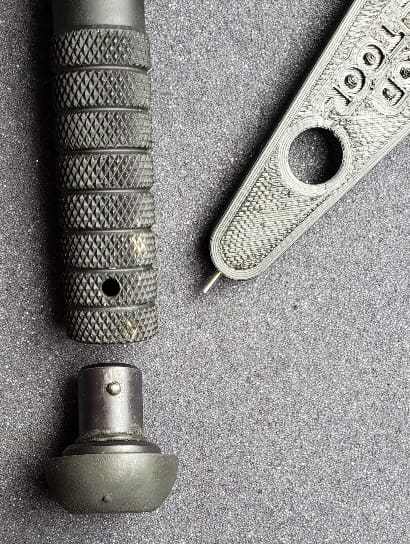Read part 1 of Talent Management here.

At the end of the first article in this series, the newly formed Special Forces (SF) Branch had rejected my application. Initially, they provided no explanation. With my 13+ years of infantry experience, I certainly had expected to be competitive for a slot. My first thought was that a sufficient number of more talented individuals – with greater SF potential – must have submitted even better packets than mine. However, knowing that I would not have another chance, my second thought was to immediately reattack. Therefore, I drove to Alexandria, Virginia, to see the Colonel (O-6) SF Branch Chief personally. It turns out my first thought was dead wrong. The Colonel confirmed that I was indeed competitive. In fact, I would have been selected if not for my excessive time in service. The Selection Board – that he chaired – had done the math. With the time I had already accumulated, plus the Advanced Course, Degree Completion, and the Q-Course itself, I would have ~17 years of service by the time I got to my first SF Operational Detachment.
As a new Branch, they were looking for officers that could give SF at least 15 years – not 3. It was the first time I realized how rigid the Army’s 20-year service model was that backstopped all these decisions. My career was moving as fast – and I was performing at least as well – as all my commissioned peers. Nevertheless, my extensive enlisted experience actually made me an undesirable SF candidate. How crazy is that? I did not have time to contemplate the illogic of the situation in the moment. Rather, I assured the Colonel that I would definitely be staying past 20 if I got into SF. He was not entirely convinced, but admitted that a couple of people had changed their minds after the board and he had some empty slots. He gave me a shot. Although it would be 3 more years before I got that Green Beret, from that point on I was managed by SF rather than Infantry Branch.
Time passed, and all those mandatory schools went as planned and largely without any further personnel management incidents. I did have one brief scare as I approached graduation. Most of my compadres in the Q-Course were going to the newly reactivated 3rd Special Forces Group. I wanted 5th Group, but right up to the end it did not appear that there would be an opening for me. I was under some pressure from the School Cadre and SF Branch to choose 3rd but I held fast and fortuitously a slot opened up at 5th just in time. I spent the next 4+ years at 1st Battalion, 5th Group. That included two and a half years as a Detachment Commander, a few weeks as the Deputy S-3, and then 19 months commanding C/1/5 as a not-yet-promotable Captain. I thought I was doing pretty well.
SF Branch did not agree. According to the rules, my command of Charlie Company “did not count.” In effect, from a professional development and personnel management perspective, Branch considered that command a complete waste of time. I still had to get 24 months “Branch Qualifying” (BQ) time as a Major. That would be some combination of another Company Command, Battalion S-3, and / or Battalion XO positions. In hindsight, it sounds insane to disregard the experience I gained in command, but at the time, I was delighted! That meant I was going to get another command and I was all for that. I will confess that command is like crack to me. The more I got, the more I wanted. I PCSed back to Fort Bragg in the summer of 1995 and spent the next 14 months as an operations officer at SF Command. At the end of that purgatory, I took command of A/1/3. Early on, my Battalion Commander made it known that he intended to make me the S-3 after a year or so. Once again, I thought my career was right on track; and, yet again, I was wrong.
Select officers attend a significant professional development school as Majors; it is the Command and General Staff College (CGSC). At the time, only 50% of Majors were selected, and each officer year group got three chances. The majority were designated for attendance in the first or second look – only a handful got picked up on that last look. I had not been selected in either of my first two looks. I was in Senegal with half of my company when my Battalion changed command. The new Commander came to visit and to personally deliver the bad news. He told me that he, the Group Commander, and the SF Branch Chief had concluded that because I had over 22 years in service I was not going to be selected for CGSC. Therefore, it would be a waste of a BQ slot to make me the Battalion S-3. Essentially, he told me that 3rd Group and SF Branch were cutting me away and informed me that I would have to find some non-BQ position once I returned to Bragg. Presumably, I would wait in that dead-end job to be passed over for Lieutenant Colonel and ultimately forced into retirement. As usual, my professional skills and my potential – as objectively compared to my peers – were not the relevant factors; and, my experience was again seen as a clear liability not an asset.
I had gotten back from Africa and was about 6 weeks from changing command myself when that last CGSC board convened. I thought that my leadership’s assessment of my chances were probably about right – slim to none. I was home showering after PT when my Group Commander called. He said, “Congratulations, you have been selected for CGSC. You have an appointment to see the Training Group Commander at 1000 about his Support Battalion’s S-3 job.” So I hustled over to Training Group as directed. The first question I was asked, “why do you want this job?” I said, “Sir, I didn’t want this job, I had expected to be the S-3 of 1/3 instead. But don’t worry; I will do a good job for you!” I thought I was just being honest, forthright, and respectful, and left his office on a positive note. I was mistaken. By the time I got back to my office, my Battalion Commander was waiting for me – and he was mad. He was spitting mad, as was my Group Commander, and the SF Branch Chief. Apparently, the Training Group Commander thought I was desperate for a job and expected me to be more grateful. All he heard of our conversation was “I didn’t want this job” and decided it would be a cold day in hell before I would get any position in his Group.
It was the first time – but not the last time – that I would be declared persona non grata at Training Group; and a few weeks later after my change of command, I was also no longer welcome in 3rd Group either. The truth was that these leaders were the ones desperate to find me a job. They had trusted that I would not be selected for CGSC and had guessed wrong. None of them wanted to go back to the SF Flag Officers and explain why I had been shut out even as the Army was declaring that I was in the top 50% of Majors in my year group. My leaders and I gathered in the Group Commander’s office with the SF Branch Chief on speakerphone. I was the elephant in that room and they generally ignored me. After a few minutes, they realized that since there were no available BQ jobs on Bragg they had no choice but to send me to CGSC immediately. Instead of being one of the last of my year group to attend the school, I would be one of the first. Furthermore, post-Leavenworth, SF Branch would have to get me into another BQ job. It was settled and obviously resolved in my favor. I did not have to deal with the 3rd Group leadership much longer, but that SF Branch Chief would be in position for another 2+ years – and he knew how to hold a grudge.
I went to Leavenworth, leaving my wife at Fort Bragg because I had been tacitly promised that I would return there after school. Besides completing the CGSC curriculum, while there a Major is expected to take the opportunity to get a Master’s Degree. Consequently, that year was academically challenging for me and went fast. Towards the end, SF Branch started making noises about me taking another job for a year before going back to Bragg. I honestly tried to be accommodating to a point, and we eventually came to a compromise. I would stay at Leavenworth a second year as a doctrine writer for FM 3.0, Operations, and in return, SF Branch guaranteed me in writing that essential BQ job afterwards. That second year was rougher than the first, but my wife visited several times and it too passed. I could see the light at the end of the tunnel when the Combined Arms Center (CAC) G-1 called me to his office. He said, “Terry, you keep saying you are leaving this summer, but SF Branch says otherwise.” He then showed me a string of emails between him and the Branch Chief. The Chief had declared, “Sure, keep Baldwin for another year. I have no plans for him.”
I started working the phones. First, I called the SF Branch Chief and opened the conversation by calling him a lying mother_____, among other things. He seemed to be having fun with it. He told me – with what I took to be unbridled glee – that, “we have already filled the slate for all the Groups and there are no BQ jobs left for you.” Then he hung up. Afterwards I called USASOC G-1 to confirm what he had said. It was true, and that HQ had no choice but to work off the slate they received from SF Branch. In short, the front and the back doors of the system were apparently locked tight. There is an old Monte Python skit in which one man is trying to impress another by saying, “I will have you know, that among the people that know me, I am very well known.” That statement would accurately describe me. I started networking with friends. Shortly, one told me to link up with the 1st Battalion Commander at Training Group. I made a trip back to Bragg to meet him. We did not know each other, but had those mutual friends. It turns out that the SF Branch selected Major that was supposed to go out to Camp Mackall did not want to go way out there and had found something else to do. I WANTED that job, told him so, and promised to return ASAP to take that guidon.
That took care of one problem. Now, all I had to do was get orders assigning me back to Bragg. SF Branch certainly would not cut them, and USASOC, Special Warfare Center and School (SWCS), or Training Group, could not. Luckily, I had one ace left to play. I knew the 3-Star CAC Commander. We were never drinking buddies, but it turned out that I had been in 1/504 when he was the commander of 2/504. He had also been the 1st Brigade Commander in the 82nd when I was in 3rd Brigade. We had been on a couple of jumps together, including a particularly FUBAR one into Fort Stewart, Georgia. More importantly, I had been briefing the man every other week for a year as part of the FM 3.0 writing team. That is where we had reminisced about those good times. My O-6 Boss, the CAC G-1, and I went to see him. I explained the predicament SF Branch had put me in and told him I would not have a chance of being promoted to Lieutenant Colonel if I did not get back to Bragg right now. He wished me luck and turned to the G-1, “Cut this man some orders back to the Center of the Universe.” Technically, the orders were outside the system and probably not entirely legal – but they were good enough for me. Besides, there was a legitimate job waiting for me that otherwise would be unfilled and SF Branch was never going to have the nerve to call the CAC Commander out on it. That is how I not only got back to Bragg in time, but also managed to get the very best possible job for a SF Major in the process.
Within the military, there has long been broad agreement that it is advisable to “train to standard not to time” to achieve the best individual and collective results. In terms of promotions, retention and talent management in particular, I would suggest that the exact same logic needs to be applied. Effective talent management initiatives must focus on standards of soldier performance, not time in service or grade. Generally, individuals must be given more real power within the system to achieve what he or she defines as career success. That would be a good place to start if one wants to make talent management a reality and not just a slogan. In these three articles, I am simply highlighting some of the issues I encountered with the current system and subsequently offering some practical options to consider for ameliorating or solving some of those problems.
Moreover, it is clear to me that effective talent management cannot be achieved within the one-size fits all personnel management system we have today. In other words, you just about have to tear down the entire current system to rebuild an almost completely new structure. Talent management is only a fantasy until someone shapes a real system to make it work. In turn, that will have vast implications and impacts over training, professional schooling, promotions and every other aspect of personnel management to include force structure and budget. Some of this has been “wargamed” and brainstormed for years. One of the challenges with changing a huge complicated enterprise like the Army is that – in terms of personnel management – it is a zero sum game. X number of slots and Y number of people in perpetual motion. One domino moves…and, traditionally, they all have to move. It is going to take some serious work to change decades of culture, habit, and entrenched “tradition.”
Oddly enough, some of the possible solutions for meeting the Army’s future talent management needs may not be new at all. I have spoken often of the post-Civil War and post-WWI periods. Those were both times of minimum resources and slow promotions but notably high professionalism. Granted, in both cases we are talking about a very small Army compared to today. Still, some of the lessons on how they did “talent management” might very well be applicable in the 21st Century. For instance, consider making a “standard career” once again 30 rather than 20 years. With more time comes more opportunity to allow people to stay in positions longer – if they are doing a good job – in order to gain real mastery of their craft at that level before advancing. And doing so without greatly disadvantaging those waiting in line for the same jobs. Likewise, consider slowing promotions by stretching out time in grade timelines and thereby reduce the pressure to move people between jobs so frequently. However, initiatives like that may tend to limit options for self-directed career mobility. We do not want to over-compensate and go from perpetual motion to stagnation.
For much of our history, the Army had a reasonably effective regimental system that – among other things – naturally pushed personnel assignment and professional development decisions down to unit level. That had the great advantage of putting the decision on leaders who had better visibility of their soldiers. However, the mass mobilization for WWII and then the large post war draftee standing Army made centralization of those decisions seem desirable. I think it is past time to reevaluate that arrangement. Otherwise, the Army would have to take on the burden of customizing and essentially micromanaging the career of each and every soldier at the DA level – and that does not seem practical at all. Now, regimentalism is not without risks because it can be subject to cronyism if misused. Still, I would think that pushing the majority of personnel management decisions back down to unit level is one change we definitely need to contemplate.
Another area that I am convinced needs reexamining is the pressure that has built over the years to manage Warrants and NCOs in patterns that are similar to Commissioned Officers. Officers have traditionally been generalist and Warrants and NCOs have always been purposely specialized and stabilized in their assignments – at least as compared to Officers. The intent for some time now has been to move those two cohorts from assignment to assignment in order to make them more “well rounded” and less specialized in focus. The unintended consequence of these well-meaning policies has been a weakening of the critical continuity and “institutional memories” those groups had habitually provided. In other words, those policies may have been more counter-productive than positive. I would recommend at least reviewing the situation to see if it might not be advisable to reverse or at least adjust those management trend lines.
We also need to objectively reevaluate the Service’s needs for generalists vs specialists across the board. Based on my experiences and observations throughout my career and especially during GWOT, I am convinced that we need fewer traditional commissioned officers (generalists) and more specialists (Warrants, NCOs, and select Officers). I also think lateral opportunities should be exponentially expanded. Shifting between MOSs / Branches – call it cross training – going Warrant, or seeking a commission in service – and even back again – should be routine. I also think we should relook the Specialist Rank system that was in place when I came in – E4-E7 – and / or perhaps the Tech Sergeant ranks of WWII. Those systems allowed people to advance within a specialty without necessarily assuming the leadership responsibilities of a “hard stripe” NCO. Similarly, a parallel non-command track for Officers associated with a new “Staff Branch” or other functional specialties. Those would be some of the personnel areas that I think could and should be adjusted to give the Army better options. At least we would have a better chance to manage talent more effectively than what we are doing today.
Finally, the system is at its best when administered impersonally – without undue animus or favor – in as much as that is humanly possible. However, the individual soldier should definitely take it personally. It is your career. It is your life. Recognize that when you challenge the system, it is never from a position of strength. The system inherently has more power in the equation. Still, do not ever be afraid to fight and compete for the assignments, schools, and opportunities, you want. So, wade right into the water and chart your own destiny. If the Services are serious about talent management, that is precisely the self-actualized behavior that needs to be encouraged. It is up to the institution to widen the career streams by allowing more professional options. Thereby reducing the pressure for soldiers to navigate only one single approved channel. Similarly, establish and enforce policies that slow down the institution’s self-generated rush of the (professional) currents. Consequently, the entire process should become less of a continuous struggle and more of a rewarding experience for the individual.
The Army has a very poor track record with these sorts of well-intentioned personnel initiatives. Many of us remember the old regimental affiliation scheme. Of course, it was not a management system based on individual talents; however, it was supposed to at least provide stability and predictability in assignments. It did not do either. Then there were the “cohort” units of the late 80s. The Army declared both experiments successful, and then quietly did away with them. Nevertheless, I still believe better personnel management and, yes, even talent management can be done effectively – if we have the will. More importantly, it must be done. It is people not technology that ultimately matter. As I said the last time, we are still using essentially 19th Century mass army personnel management practices that are not going to serve us well in the 21st. We had better master the challenge of modern military talent management soon or I suspect we will pay an unacceptable price in more blood in the not too distant future.
De Opresso Liber!
LTC Terry Baldwin, US Army (Ret) served on active duty from 1975-2011 in various Infantry and Special Forces assignments. SSD is blessed to have him as both reader and contributor.





